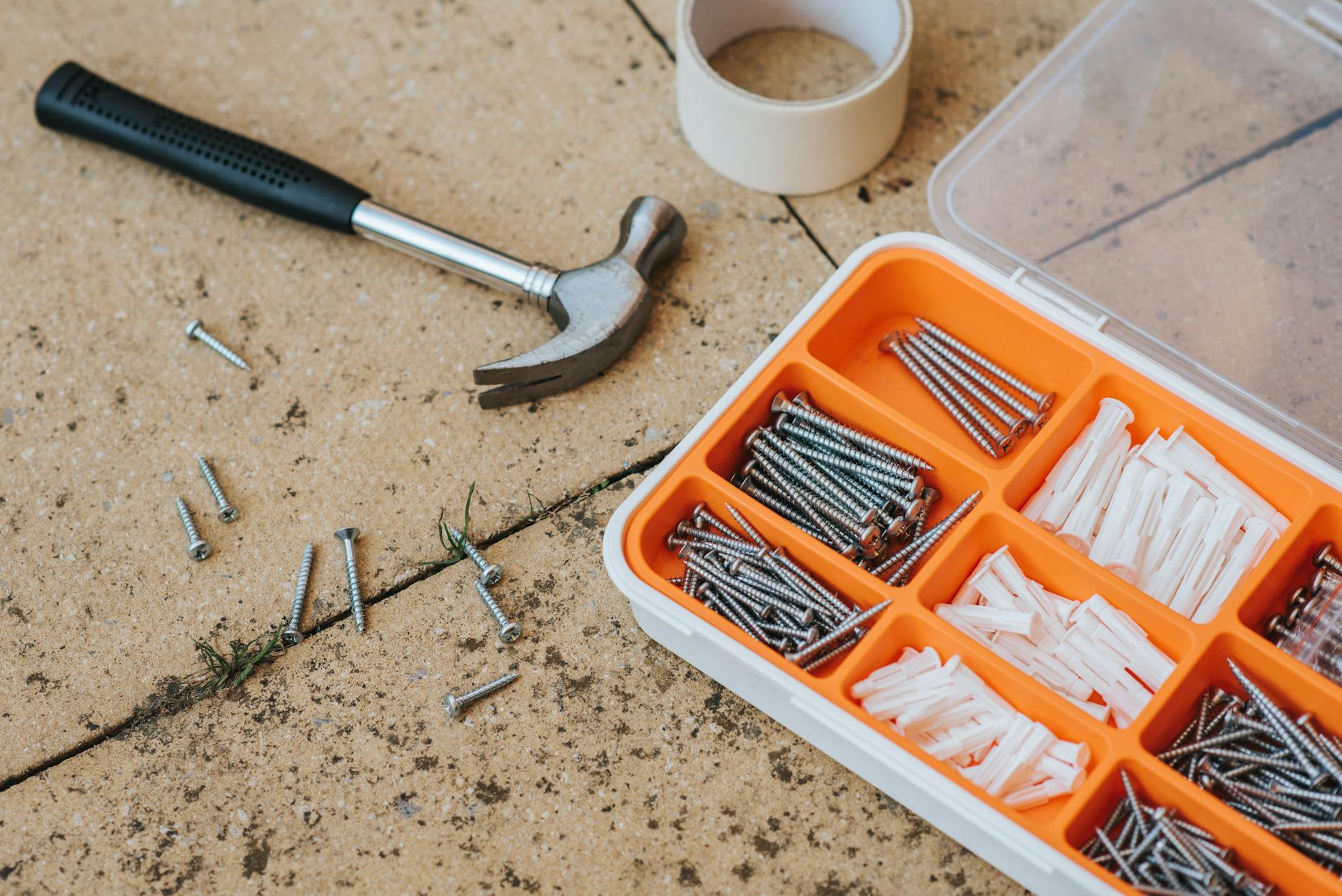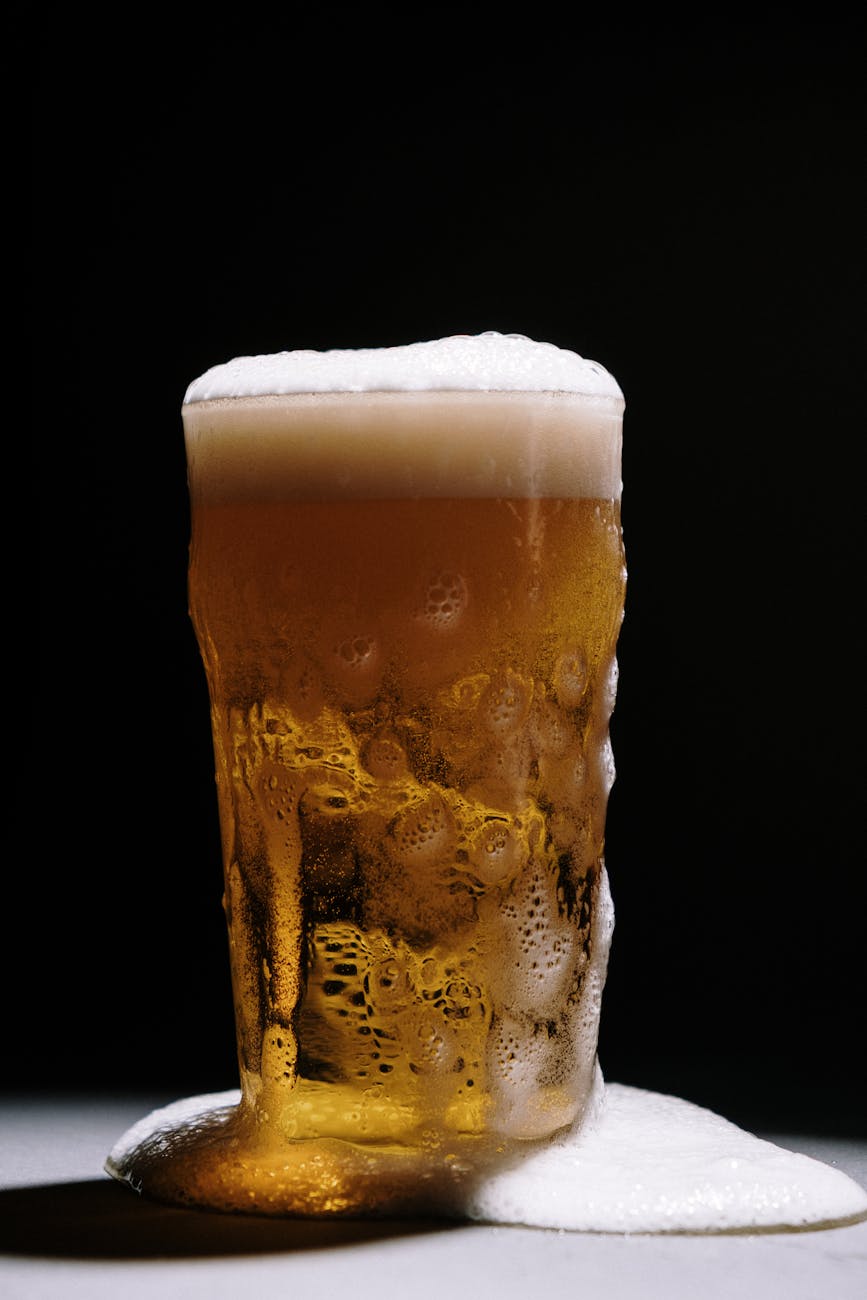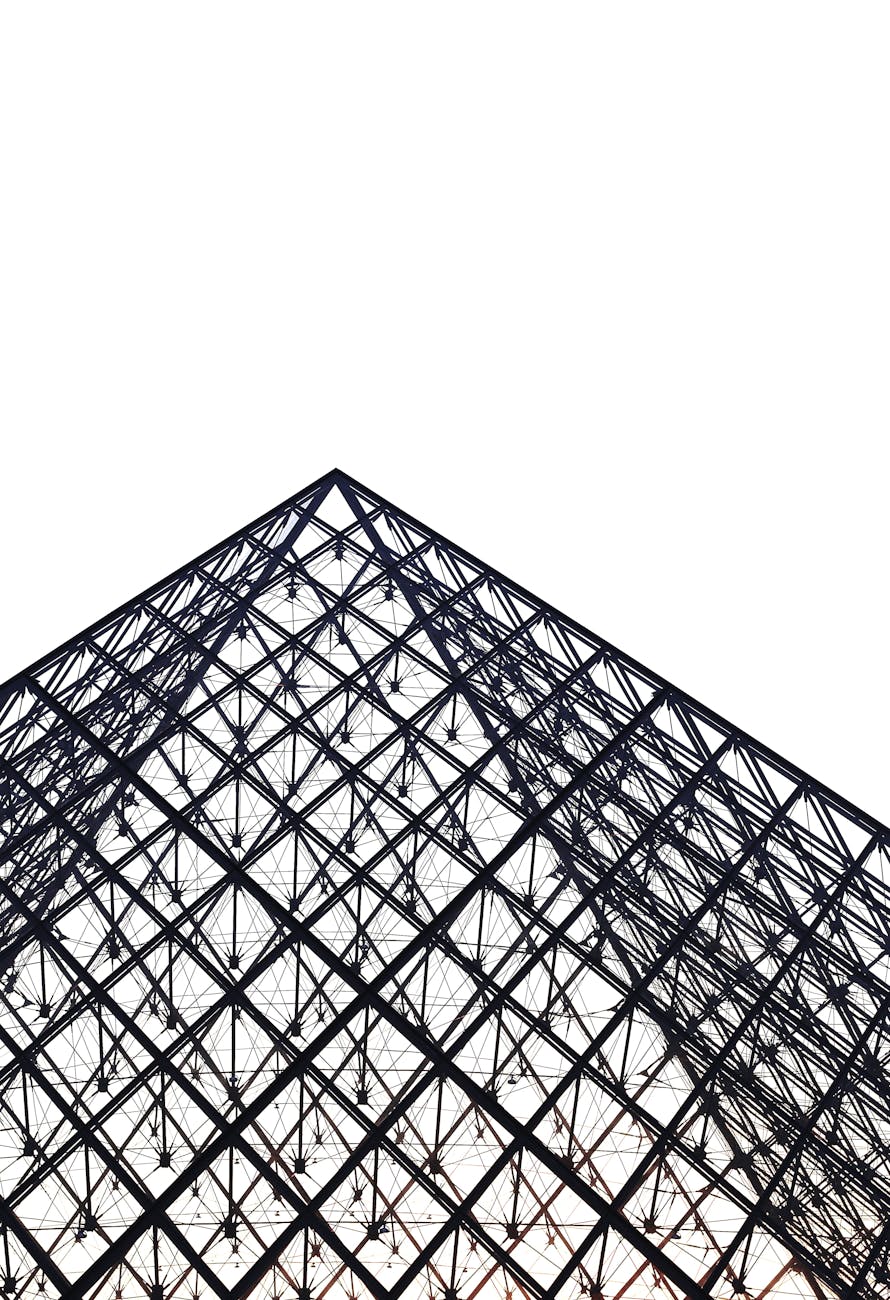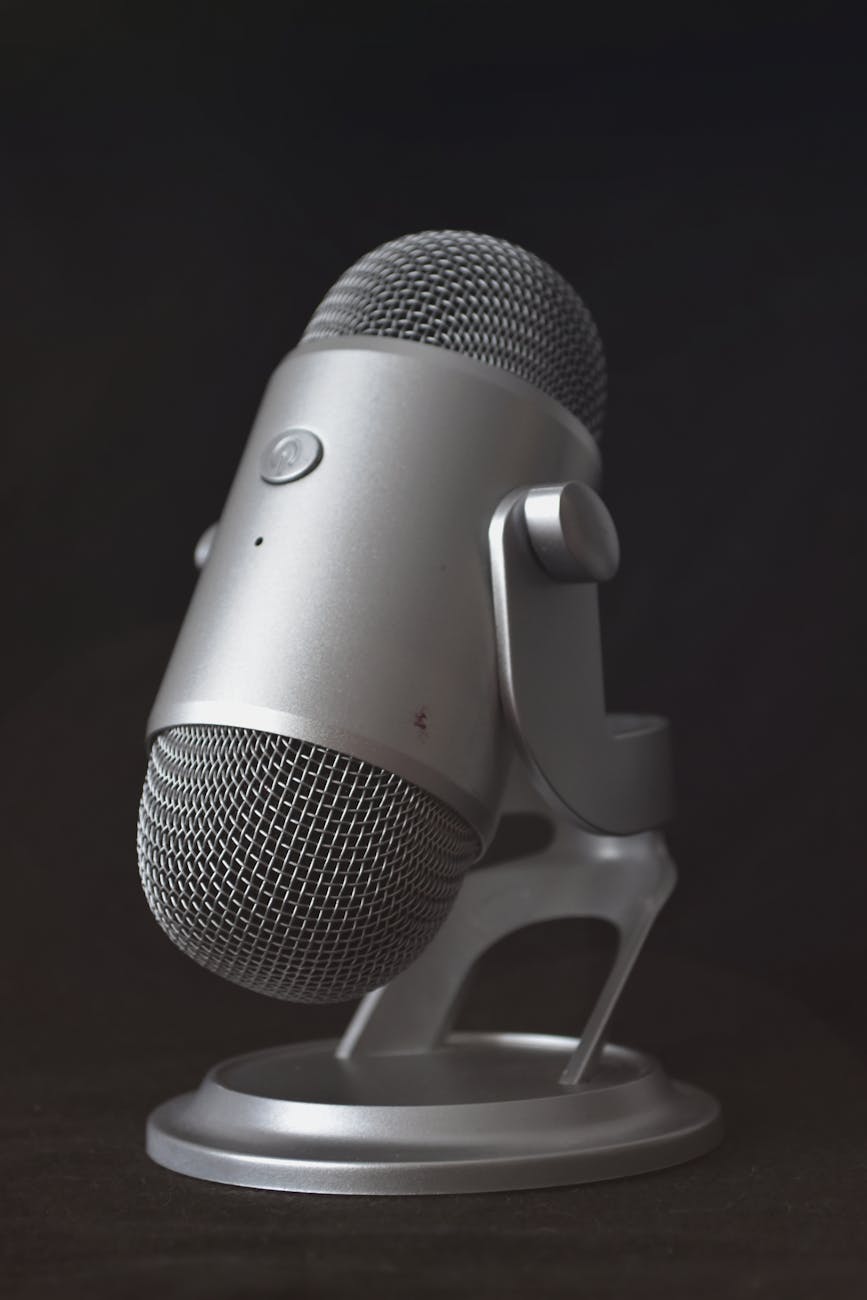Well, Alaska is coming up as I pointed out earlier, need a great lense for taking those nature shots. Also, the kids are in enough sports now that a good high quality lense would really let me capture some great moments. Here are ones to consider. Thanks to David Ruether – SUBJECTIVE Lens Evaluations (Mostly Nikkors) for this information. Its confusing because there are so many subtlely different models out there:
* 80-200mm f2.8 ED. Manual focus. larger and heavier than the AF versions
* 80-200mm f2.8 ED AF. Rating 5. 3 lenses tested. Performance under about 8′ at 200mm declines and becomes poor at minimum focus at wide stops (both conditions together) – otherwise this lens is wonderful even wide open; performs very well on TC14C stopped down slightly (and almost as well on TC14B, not well on TC200/1, fairly well on a modified TC20E); the length and mass help me hand hold this lens down to 1/60 at 200mm – something impossible for me with the 200mm non-zoom or the f4 zooms; a heavy lens with no tripod socket; late AF-D version adds tripod mount and has separate very well placed zoom and focus rings – manual focus is easier with this version (much to my surprise…)
* 80-200mm f2.8 AF S. (untried). Built-in SilentWave linear-motor AF
So there are least four variants out there, manual focus, AF, AF-D and AF-S.
“Bjorn Rorslet”:http://www.naturfotograf.com/lens_zoom.html. also loves the many versions of the AF-ED 80-200mm f2.8 and the later AFS 80-200mm f/2.8 ED-IF and thinks the 70-200 is a work of art pretty much.
So the main issue is pricing. You can get a used 80-200 older model for about $500 on ebay, $800 for a new 80-200 and $1350 for a new 70-200
Image quality is excellent even at f/2.8 to improve further at f/5.6-f/8. Usefully sharp images were obtained at f/16, too. Colour saturation is superb thanks to no less than 5 ED elements in the optical design and this zoom is virtually devoid of colour fringing. AFS makes the lens focus quite fast and noise during focusing is low. There are 4 AF focus locking buttons around the front of the lens, but I for one fail to see their usefulness (other people’s mileage may vary, though). Focus hunting was minimal on my D1 and F5 cameras. Lens flare and ghosting are evils that the huge scalloped hood, with some success, tries to cure. I found the lens hood kept snow away from the front while shooting under rough winter conditions, so keep the hood on at all times. Were this zoom to be shipped with a decent tripod collar, it would get a top “5” rating – for now, a “4.5” rating is all I can give. Still an excellent optical performer, though.
“Bjorn Rorslett”:http://www.naturfotograf.com/AFS70-200VR_rev00.html just loves the new 70-200. What about the 70-200mm that’s the latest (and twice as expensive lense?). Also to consider is the latest lense, the 70-200mm f2.8EDIF AFS G VR. Wow, that’s lots of letters. ED means extradispersion lense (e.g., great glass), IF means internally focusing, AF means Autofocus, S means SilentWave motor, G means only for latest cameras and VR means Vibration Reduction. Of course this lense is nearly $1600 list (with a $150 rebate right now).On the original AF-ED version. Nikon have redesigned the popular 80-200 AF-ED F2.8 several times, both externally and internally with its optical formula. The first versions lacked a tripod collar, a feature that was added to the later models, and was a one-touch design. The current model is the nicest of them all having a two-ring design, but the tripod collar is a bit too small to support the lens when it is mounted on an F5. All models achieve very good or excellent image quality, share some vignetting and corner light fall-off at large apertures, and exhibit some pincushion distortion at the long end of the zooming range. At f/5.6-f/8 you are assured of getting excellent imagery.
On the later AF-S model: The top model of the 80-200 line incorporates a silent-wave motor and internal focusing to make it the fastest focusing of them all. This is achieved by increasing the bulk and price of this quite impressive lens, which is outfitted with a removable and just marginally acceptable tripod collar. Some vignetting darkens the corners at f/2.8 and this needs stopping a bit to improve, f/5.6 settles the score in this respect. Corner fall-off is most evident at the short focal setting, but some vestiges still occur at 200 mm. Geometric distortion is as expected a mild barrel type at 80 mm going to slight pincushion at the other end.
Choosing the 70-200 vs. 80-200 Nikon Lense
Published by
on
Hello,
I’m Rich & Co.
Welcome to Tongfamily, our cozy corner of the internet dedicated to all things technology and interesting. Here, we invite you to join us on a journey of tips, tricks, and traps. Let’s get geeky!
Let’s connect
Join the nerds!
Stay updated with our latest tutorials and ideas by joining our newsletter.
Recent posts
Loading Mastodon feed…






One response to “Choosing the 70-200 vs. 80-200 Nikon Lense”
No such word as “lense”.